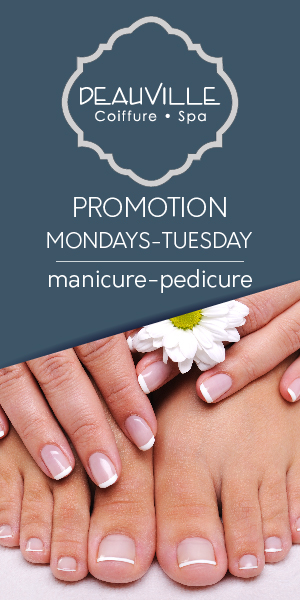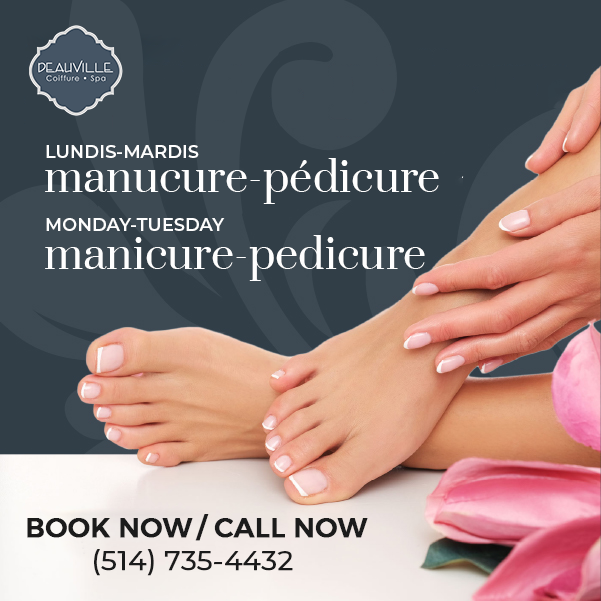
Acrylic nails have become an increasingly fashionable fashion choice among women looking to enhance the natural shape of their nails. Unfortunately, however, if cared for improperly they may damage existing natural nails.
To prevent this from happening, limit how often you wear them and get touch ups every 2-3 weeks to help avoid bacterial growth and irritation.
Customization
Acrylic nails are constructed using a mixture of powdered monomer and liquid monomer applied directly onto the nails for strength. You can build over your natural nail for extra sturdiness or extend with extension tips for longer nails; they can even be painted or decorated. The best way to ensure healthy acrylic nails while wearing them is to moisturize daily while avoiding harsh products such as nail polish remover, as well as regularly using cuticle oil and coming in for regular touch-ups with us.
Acrylic nails don’t require UV light curing like gel nails do and can be directly applied to natural nails without needing to go through an LED cycle first. Acrylics offer endless creative options; try mixing darker hues together for gradient effects or eye-catching striped patterns for something truly eye-catching!
Longevity
Acrylic nails are composed of a mixture of powder polymer and liquid monomer that is applied directly onto natural nails, then sculpted to fit their shapes. With proper maintenance and care, your acrylics should last weeks or even months; otherwise they could chip or break.
Care of acrylic nails depends heavily on their caretaking. With proper use and application of high-quality nail tips and avoidance of activities that cause them to chip or peel, they should last at least six months with proper attention paid throughout. Also be sure that your technician uses sanitized tools so as to avoid infections; research various salons before selecting one as they all differ greatly in terms of cleanliness and sanitation practices. If interested, research each option for more details before visiting any one.
Safety
Acrylic nails are an increasingly popular form of artificial nail. Crafted from liquid monomer and powder polymer components, acrylics can be applied directly onto natural nails for strength or shaped into desired shapes and lengths, or decorated with glitter for extra flair.
However, they’re not without risks, and can damage natural nails if not handled correctly during removal or maintenance. It is best to leave their removal to professionals for best results, which involves filing and soaking with acetone.
Manicuring chemicals may irritate both your skin and nail beds, potentially even leading to long-term damage. Furthermore, prolonged exposure can trigger asthmatic symptoms like wheezing and shortness of breath.
To minimize these risks, choose products free from toxic ingredients, use mild hand sanitizer and moisturizer, take frequent breaks from wearing acrylics and don’t pick at them – and don’t pick at the nail itself either!
Cost
Costing of acrylic nails depends on a few key variables. First and foremost is their length – since an artist must make sure the acrylic nail fits on top without exposing any skin underneath it. Length also affects how long a technician will need to spend on applying them, increasing cost accordingly.
To keep your nails lasting longer, it is necessary to have them filled on an ongoing basis. This means visiting every two to three weeks to have your nails reshaped and reglued; in addition, daily cuticle oil applications should help your hands and nails from drying out.
When seeking acrylic nails, it’s wise to visit a salon that specializes exclusively in them. While they may cost more than other nail shops, these will deliver quality work that lasts.



